
The Importance Of Spare Capacity – Why Your Spine Needs A Safety Margin
What if your back pain isn’t just from one bad movement — but from constantly living on the edge of your spine’s limits? This is

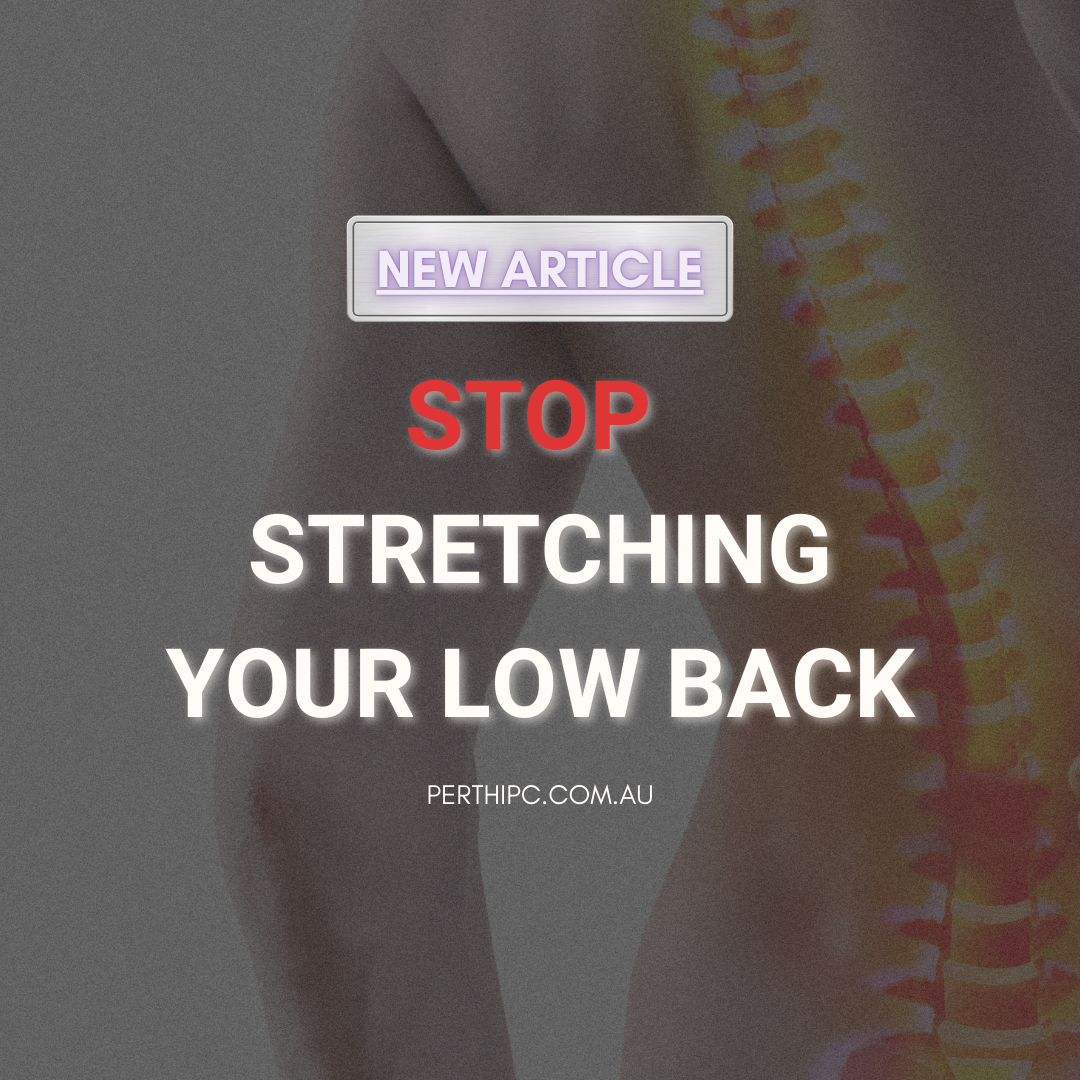
When low back pain strikes, the first instinct for many people is to stretch. It feels intuitive: if your back feels tight, stretching must be the solution, right?
Wrong — and in many cases, dangerously wrong.
According to spine biomechanics expert Professor Stuart McGill, stretching an already sensitised or unstable spine often worsens the underlying injury.
Here’s why you should rethink stretching your low back — and what you should do instead:
The Illusion of Relief – Stretching the spine may temporarily reduce discomfort by stimulating receptors that “override” pain signals. But this short-lived relief often comes at the cost of increased tissue damage. Imagine pulling on a fraying rope, it may feel looser, but it’s actually weaker and closer to snapping. The same concept applies to irritated discs, ligaments, or joints in your lower back.
Why Mobility Isn’t the Problem – Most back pain isn’t caused by a lack of flexibility; it’s caused by excessive, uncontrolled movement at unstable joints. Repeated forward bending, twisting, and shearing forces overload the tissues, leading to injury. Research shows that improving stability — not stretching — is the key to protecting spinal structures and relieving pain.
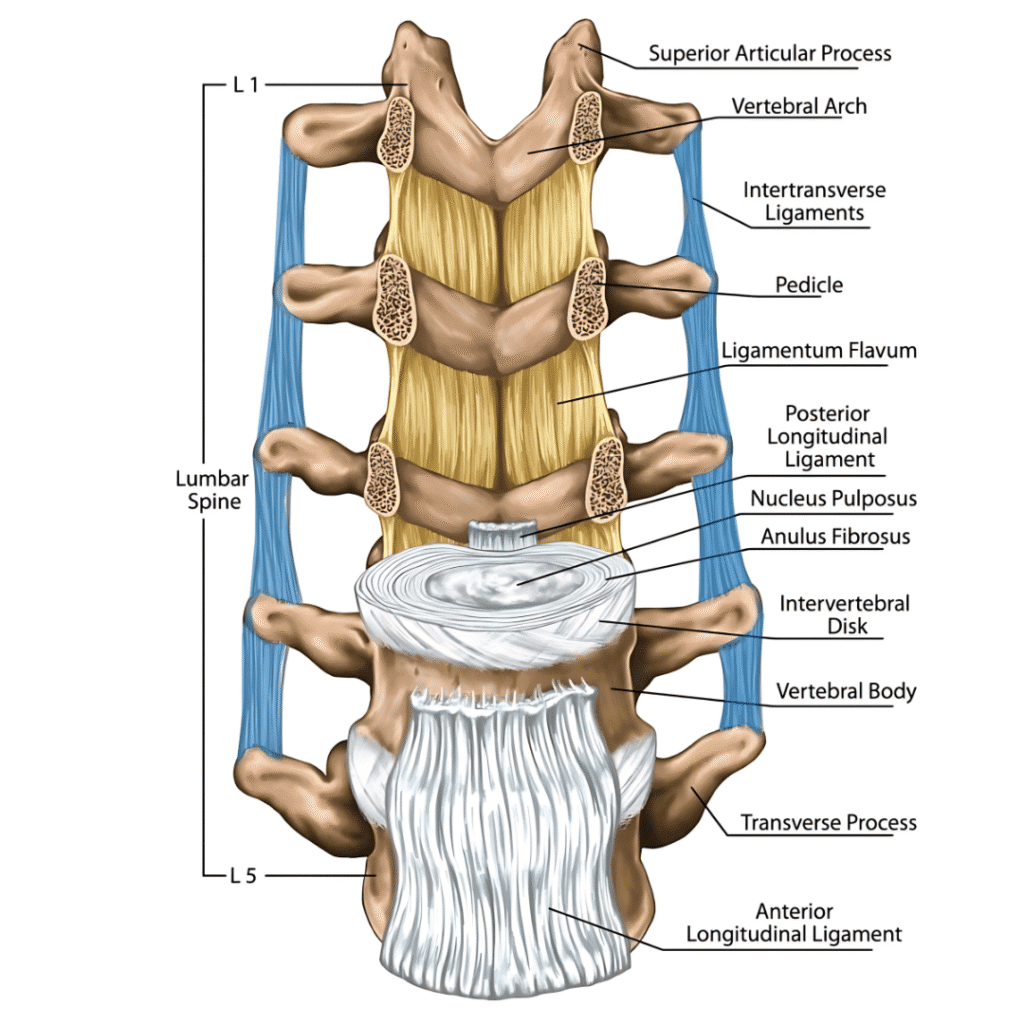
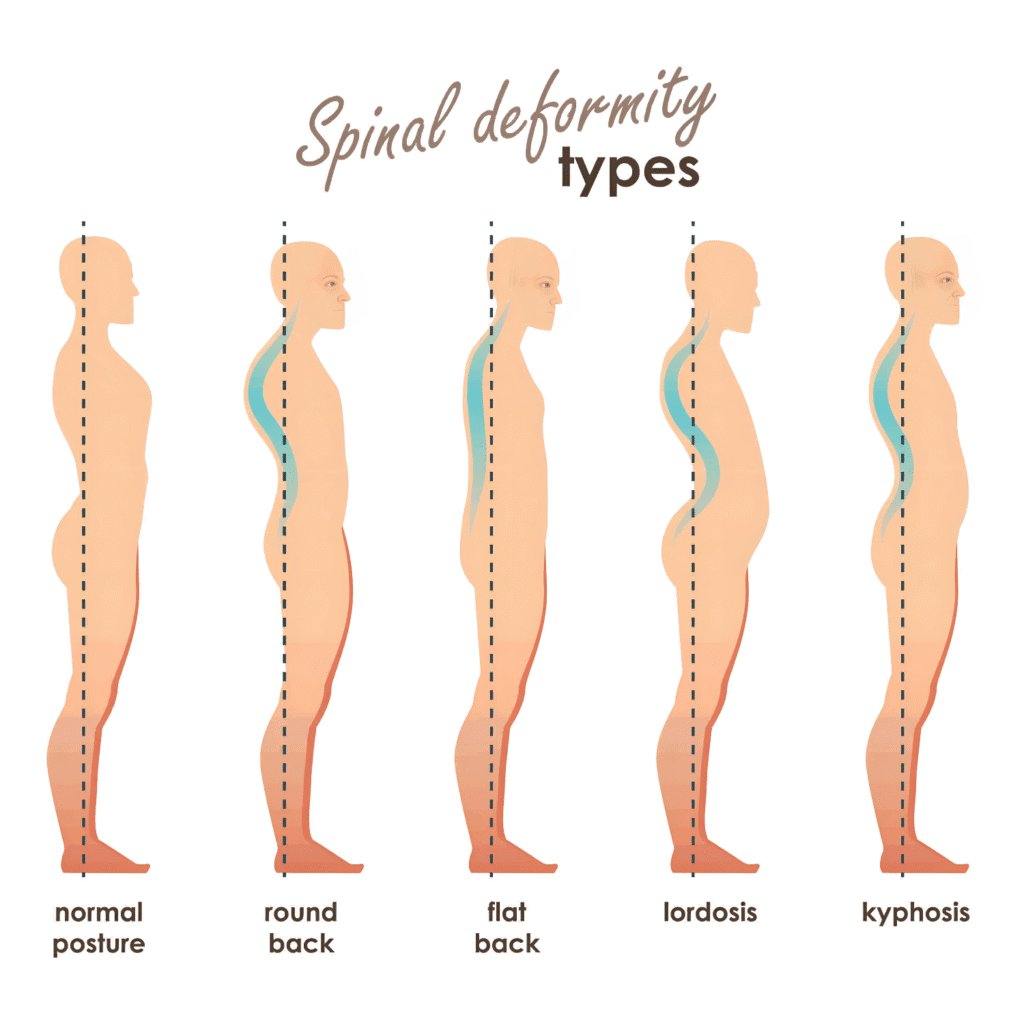
In many cases of low back pain, stretching isn’t just unhelpful — it can actively make the problem worse.
Instead of blindly stretching, a proper assessment is needed to determine what your spine actually needs to recover — and more often than not, it’s stability, not more flexibility.
By focusing on stability, smart movement, and removing aggravators, you give your low back the environment it needs to heal — rather than continually provoking it through poor habits and ineffective stretching.
Stretching your low back might feel good in the moment, but in many cases, it’s fuelling the problem instead of fixing it. True healing starts with building stability, not chasing flexibility.
At Perth Injury & Pain Clinic, we are highly skilled in precise movement assessments and targeted rehabilitation to get you lasting relief — not just temporary feel-good moments.
Book your comprehensive spine assessment today, and take the first real step toward a pain-free future.
If you’re dealing with low back pain, stop relying on endless stretching — it’s time to address the real issue. The first step is booking a comprehensive assessment to accurately identify the underlying cause of your pain. Without the right diagnosis, no amount of stretching will create lasting change.
For more complex cases, we recommend seeing one of our McGill Method practitioners — the only two certified professionals in Western Australia specializing in low back and spinal rehabilitation.
Don’t mask the symptoms. Fix the cause. Book your assessment today and take the first step toward real, lasting recovery.
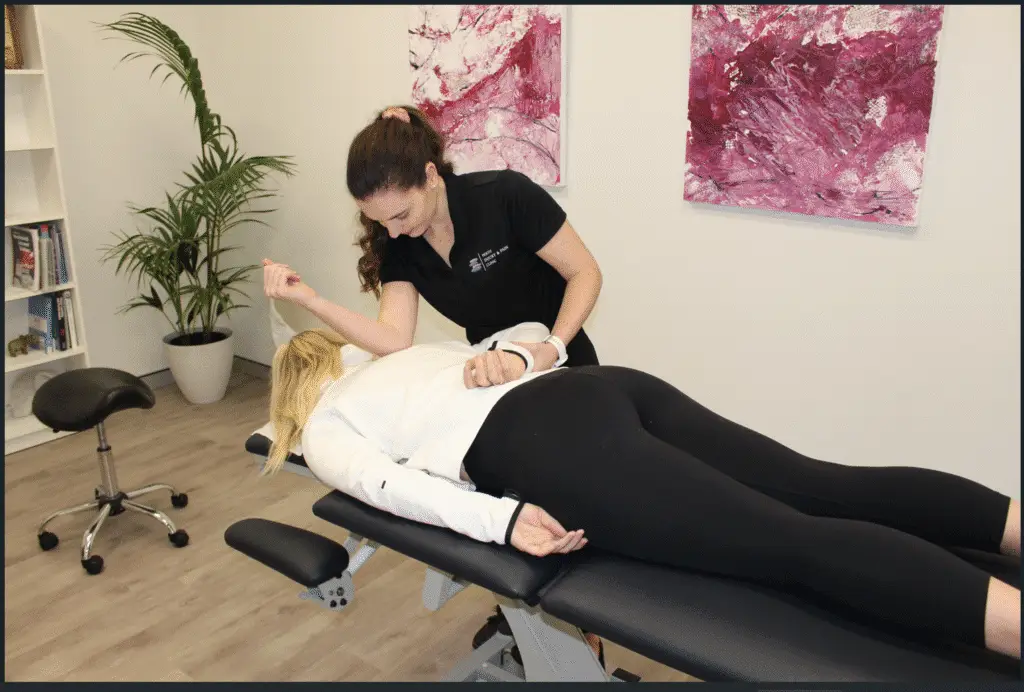

What if your back pain isn’t just from one bad movement — but from constantly living on the edge of your spine’s limits? This is
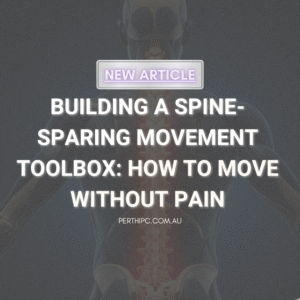
One of the most overlooked causes of persistent low back pain is how we move during everyday tasks. Simple activities like bending, sitting, getting out of a car, or
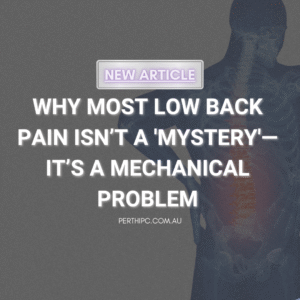
If you’ve been told your back pain is “non-specific” or has “no clear cause,” you’re not alone. Up to 85% of people with low back